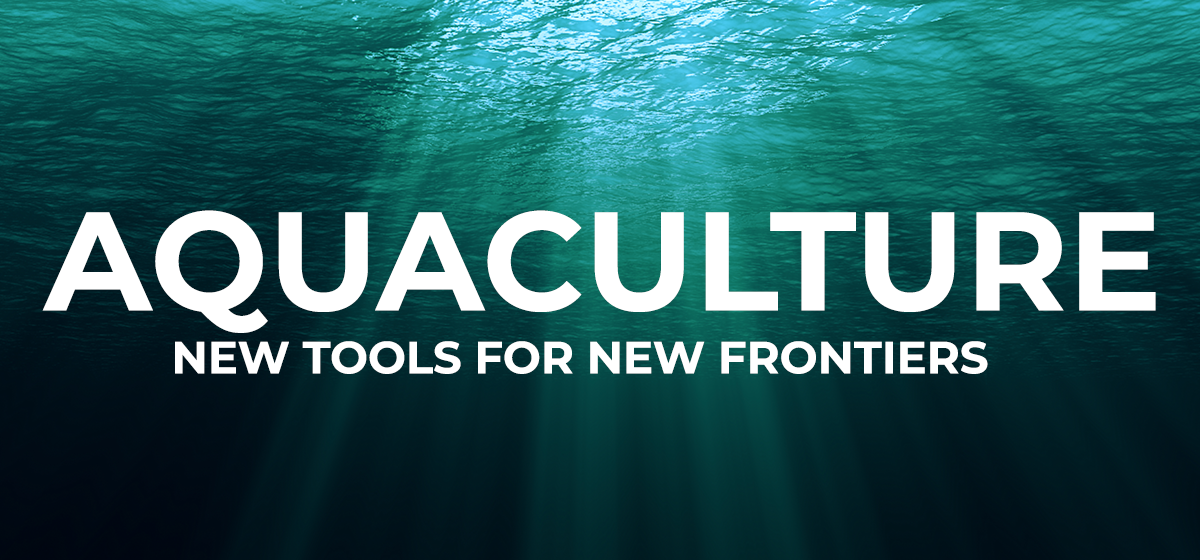Big production, big challenges for animals
Aquaculture is fast expanding to face the increasing demand for fish and seafood proteins globally. Nevertheless, there are many challenges that need to be addressed worldwide, among which the climate change increasing water temperature, water pollution, and antimicrobial resistance.
How can feed additives help?
Animal nutrition always includes feed additives in the diet to meet animal requirements. In terrestrial species, organic acids are widely used as feed preservatives due to their antimicrobial activity. At the same time, the benefits to combine organic acids and nature identical compounds are well known. They are normally used in combination to improve performance, intestinal health, immune status, and as antimicrobials, due to their synergistic effect. Vetagro developed the AviPlus®line based on this synergy, combining citric and sorbic acid, thymol and vanillin, protected in a vegetable lipid matrix. The positive impact of our products (as well as of their active ingredients) was consistently documented in poultry and swine, while only few studies are available about the impact of organic acids and nature identical compounds in aquaculture.
Latest studies presented by Vetagro
AviPlus®Aqua is the Vetagro solution for aquaculture. This month at the congress Aquaculture Europe 2019 (Berlin, October 7-10, 2019) we presented the results from two of our studies conducted to assess the effect of organic acids and nature identical compounds on oxidative stress resistance, growth performance, and immune status of aquatic species.
Antioxidant effect in fish hepatocytes: sorbic acid and thymol help against the oxidative stress
The aim of this study was to determine the effect of AviPlus® active ingredients on hepatocytes during an experimental oxidative stress challenge. We investigated how sorbic acid and thymol modulated cell viability, ROS production, and PPARα gene expression. This gene, in fact, has a central role in the inflammatory response and oxidative stress, and its activation stimulates antioxidant enzymes. Results demonstrated that the two molecules act on different pathways and both exerted a positive modulation to prevent oxidative stress, scavenging ROS production or increasing viability and PPARα expression.
AviPlus®Aqua to improve seabream (Sparus Aurata L.) performance and immune system function
In this study, different concentrations of AviPlus®Aqua were added to the standard diet and gilthead seabreams were fed twice daily ad libitum during 4 weeks. Live performance was evaluated during the feeding trial, as well as the immune status of the animals (through both humoral and cellular immune parameters). Results demonstrated that the supplementation with AviPlus®Aqua improves animal growth (higher final body weight and better specific growth rate compared to the control). At the same time, there was a potential immune-boosting effect, with positive effects on the general health status of seabreams and an improvement of the live performance.
Continuous research to get the best results
The two presented studies are included in the abundant literature related to Vetagro scientific and experimental research. We are a progressive company, with an ongoing commitment to innovative and science-based R&D. AviPlus®line is the newest, cutting edge solution offered by Vetagro. Our aim is to deepen the knowledge about the mode of action of our products on different aspects of animal physiology. Our goal is to supply our customers with the best high-tech and cost-effective solutions.
References
-
-
- Cochrane, et al. (2009). FAO Fisheries and Aquaculture Technical Paper. No. 530. Rome, FAO. 212pp.
- Huntington, et al. (2009). In: Fish as feed inputs for aquaculture: practices, sustainability and implications. FAO Fisheries and Aquaculture Technical Paper. No. 518. Rome, FAO. 61pp.
- Slaninova, et al. (2009). Neuroendocrinology Letters. 30: 2-12.
- Toyama, et al. (2004). Biochemical and Biophysical Research Communications 324: 697-704.
-









